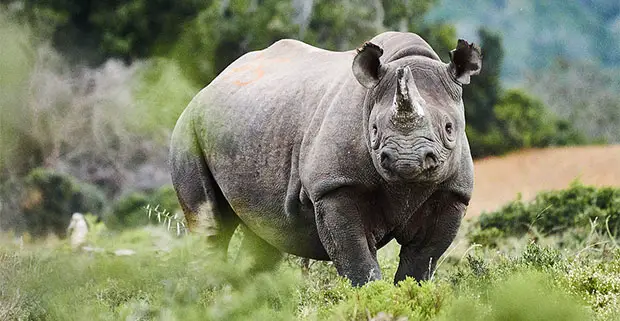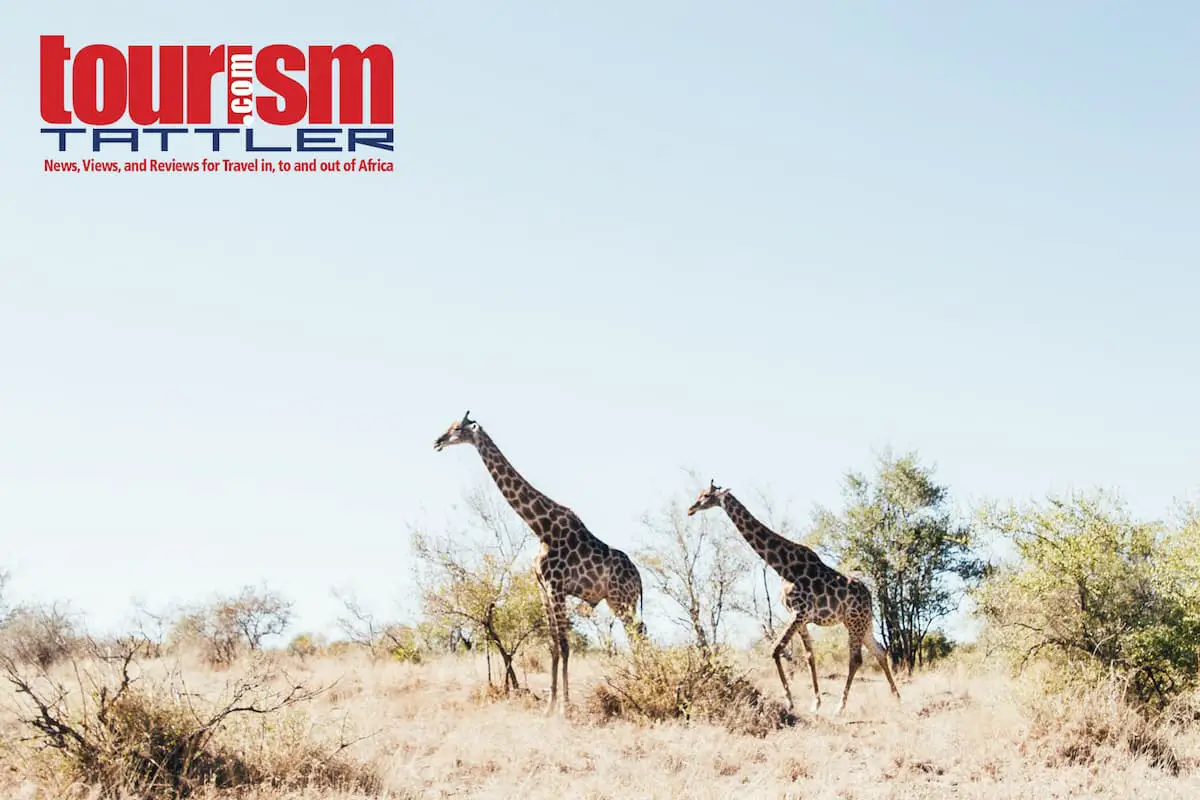Can we afford to experiment with rhinos?
The recent announcement by the South African Minster of Environment, expressing the South African Government’s endorsement of a proposal to sell rhino horn, is disconcerting, albeit not surprising. By Jason Bell.

A fallacious argument and a very dangerous experiment indeed!
The most disturbing thing about this proposal is in its naïve economic simplicity. Selling stockpiled horn might make financial sense in the short-term, but is left wanting, and significantly so, when you dig deeper and when you consider biological and animal welfare consequences. Even from an economic perspective, arguments are seriously flawed.
The reality is that no one understands the nature and extent of potential demand for rhino horn, especially where China is a significant player. How can we even begin to talk about satisfying demand, let alone flooding markets, when we have absolutely no idea of what demand is, especially given recent trends in consumption as well as the fact that rhino horn is being stockpiled in China for future investment purposes? Essentially, the illegal trade alone is hedging rhinos to extinction, let alone the potential impact of further market stimulation through legalised trade.
And then there is this (again fallacious) notion that a legal trade will be able to be controlled/regulated. The experimental trade in stockpiled ivory as sanctioned by CITES, in which South Africa was also a player and which saw a large amount of “legal” ivory enter the Chinese market, should be proof enough of just how impossible it is to control the legal trade in the Chinese market. When it is impossible to regulate trade in a country that has one of the best regulatory regimes in the world, all I can say is, Pretoria, we have a problem.
What the South African government has to realise is that we have passed the tipping point with rhinos – numbers continue to decline year on year and demand for horn continues to escalate. When populations begin declining, we will have a very serious problem at hand. A failed experiment could result in the decimation of rhino populations – is it worth it? Or, do we value quick economic returns more than we do live rhinos?
For more information on our efforts to combat wildlife trafficking, visit our campaign pages.
About the Author: Jason Bell is the Programme Director, Elephants Regional Director, South Africa. In his dual role as Regional Director Southern Africa and of the Elephant Programme, Jason is responsible for developing, monitoring and evaluating International Federation for Animal Welfate (IFAW’ campaigns and programmes within his region and providing leadership for IFAW’s global elephant conservation activities




